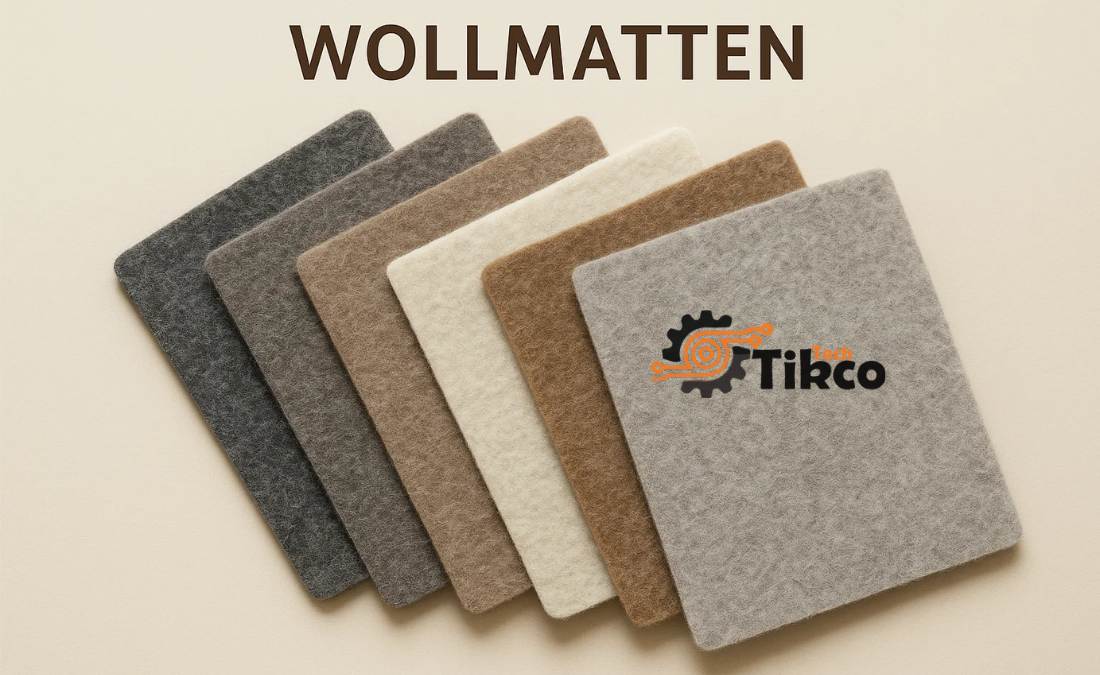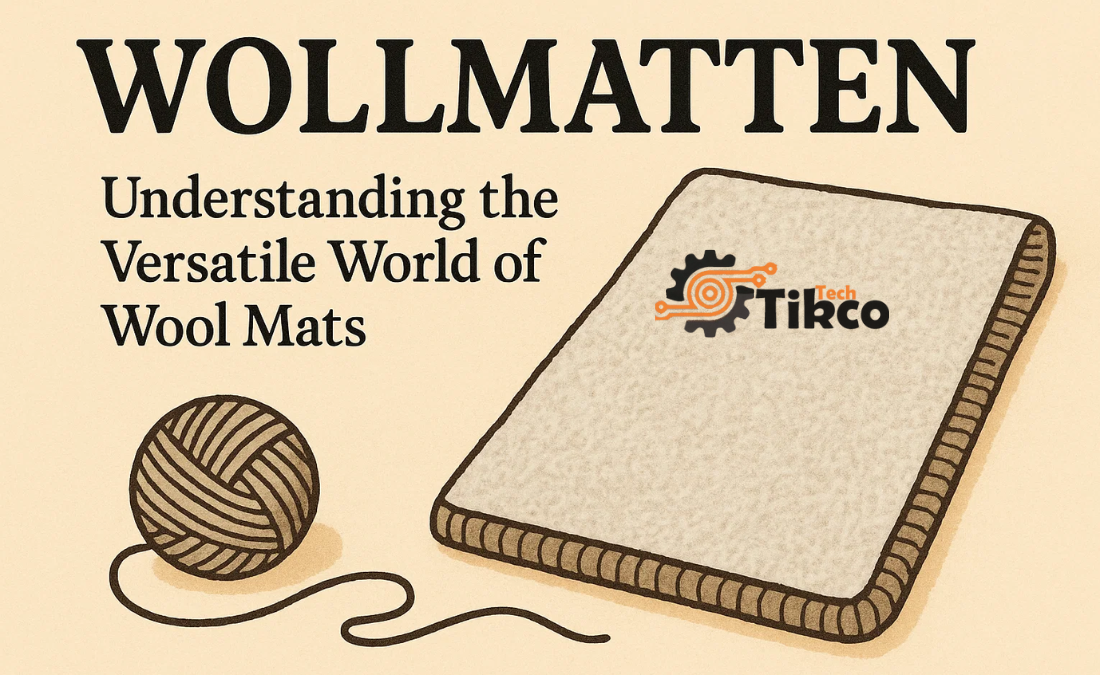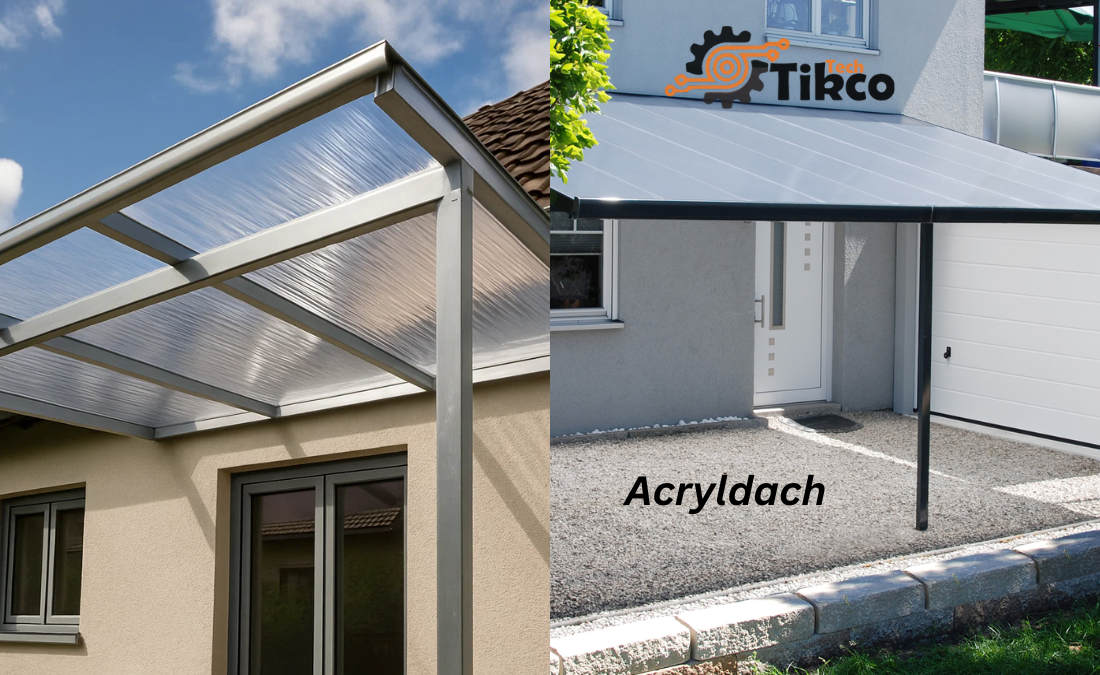Wool has long been prized for its natural warmth, resilience, and sustainability. Among its many modern applications, Wollmatten (translated from German as “wool mats”) stand out as a remarkable product that merges traditional materials with contemporary design and eco-consciousness. From home interiors to industrial insulation, Wollmatten play a growing role in sustainable living and environmental innovation.
This article explores the origins, uses, benefits, and environmental impact of Wollmatten, offering an in-depth understanding of why these wool mats have become a popular choice across multiple industries.
What Are Wollmatten?
The term Wollmatten refers to mats or panels made from compressed or felted wool fibers. Depending on their intended purpose, these mats can be crafted from virgin sheep’s wool, recycled wool fibers, or a blend of both. They are usually designed to serve various roles—ranging from insulation materials, soundproofing panels, gardening aids, and decorative home items.
The defining characteristic of Wollmatten is their natural composition. Wool fibers are crimped and interlocked in a way that traps air, making them exceptionally effective for thermal and acoustic insulation. This property gives Wollmatten their unique versatility, allowing them to be used in both domestic and industrial settings.
The Origins and Evolution of Wollmatten
Historically, wool has been used for centuries in textiles, rugs, and insulation. The idea of creating Wollmatten evolved from traditional felt-making techniques, where raw wool was compressed through heat, moisture, and pressure to create dense, durable fabric.
In recent decades, as sustainability became a central theme in design and construction, Wollmatten found renewed importance. Eco-friendly builders and manufacturers began reintroducing natural wool products as alternatives to synthetic insulation materials such as fiberglass or foam.
Today, Wollmatten are not only produced by hand in artisanal workshops but also by large-scale manufacturers focused on eco-construction and green design.
How Wollmatten Are Made
The process of manufacturing Wollmatten can vary depending on their end use, but it generally follows these key steps:
- Wool Collection – Raw wool is collected, often from local or regional farms that practice ethical sheep shearing.
- Cleaning and Carding – The wool is thoroughly cleaned to remove lanolin, dirt, and plant matter, then carded to align the fibers.
- Felting or Pressing – Through a combination of moisture, heat, and pressure, the fibers are interlocked to form a dense mat.
- Cutting and Finishing – The resulting mat is cut into sheets or rolls of various thicknesses and sizes, ready for different applications.
Depending on the manufacturer, some Wollmatten are treated with natural additives such as borax or lanolin to enhance moth resistance or moisture control. Others remain completely untreated to preserve their organic integrity.
Applications of Wollmatten in Modern Life
1. Home Insulation
One of the most popular uses of Wollmatten is in home insulation. Wool is a natural insulator, capable of regulating temperature and humidity effectively. When used in walls, floors, and roofs, Wollmatten help keep homes warm in winter and cool in summer, reducing energy costs and improving indoor comfort.
2. Acoustic Insulation
Due to the natural crimp and elasticity of wool fibers, Wollmatten are excellent for sound absorption. They are used in recording studios, office buildings, theaters, and schools to minimize noise and improve acoustics.
3. Gardening and Landscaping
In the garden, Wollmatten are used as mulch mats or plant protection covers. They help retain soil moisture, prevent weed growth, and slowly release nutrients as they decompose, enriching the soil in a completely natural way.
4. Interior Design and Decoration
Interior designers have embraced Wollmatten for their aesthetic appeal and texture. They are crafted into wall panels, rugs, yoga mats, and seat cushions, blending rustic charm with modern minimalism. The natural tones and softness of wool make them a perfect fit for eco-conscious interior trends.
5. Industrial and Automotive Use
In the automotive industry, Wollmatten are used as sound-dampening materials and thermal liners inside vehicles. They are lightweight, biodegradable, and help reduce vibrations—making them an eco-friendly alternative to synthetic soundproofing foams.

Environmental Benefits of Wollmatten
The rising popularity of Wollmatten is closely tied to growing environmental awareness. Compared to synthetic materials, wool mats offer several key ecological advantages:
1. Renewable Resource
Wool is a renewable natural material, obtained annually from sheep without causing harm. This makes Wollmatten part of a sustainable production cycle.
2. Biodegradability
Unlike plastic-based insulation materials, Wollmatten are fully biodegradable. At the end of their life cycle, they decompose naturally, returning nutrients to the earth.
3. Energy Efficiency
By enhancing thermal insulation, Wollmatten reduce the energy required to heat or cool buildings, lowering overall carbon emissions.
4. Chemical-Free and Non-Toxic
Many conventional insulation products release microplastics or chemical vapors over time. In contrast, Wollmatten are naturally non-toxic, safe for indoor use, and beneficial for allergy-sensitive individuals.
Wollmatten and Indoor Air Quality
Another overlooked benefit of Wollmatten is their ability to improve indoor air quality. Wool fibers can absorb harmful airborne substances like formaldehyde, nitrogen oxide, and sulfur dioxide—neutralizing these pollutants instead of releasing them. This makes Wollmatten an excellent choice for eco-homes, schools, hospitals, and other enclosed environments that prioritize health and comfort.
Comparing Wollmatten with Synthetic Alternatives
When compared to commonly used insulation materials such as fiberglass, rock wool, or polyurethane foam, Wollmatten offer several competitive advantages:
| Feature | Wollmatten | Synthetic Insulation |
|---|---|---|
| Material Type | Natural wool | Plastic or mineral-based |
| Thermal Performance | Excellent | Excellent |
| Sound Absorption | High | Moderate to high |
| Sustainability | 100% renewable and biodegradable | Non-renewable, often non-biodegradable |
| Health & Safety | Non-toxic, breathable | Can emit VOCs or irritants |
| Durability | Long-lasting with proper care | Long-lasting but not recyclable |
While synthetic materials may offer slightly lower costs, Wollmatten deliver superior environmental value and long-term well-being benefits that justify their investment.
Caring for and Maintaining Wollmatten
Proper care ensures that Wollmatten maintain their structure and effectiveness for years. Here are some basic maintenance tips:
- Avoid Excess Moisture: While wool naturally regulates humidity, prolonged dampness should be avoided to prevent mold.
- Regular Cleaning: Vacuum or shake out decorative Wollmatten to remove dust and debris.
- Moth Protection: Store unused mats in sealed containers or treat with natural repellents like cedarwood.
- Check for Compression: In insulation or flooring applications, ensure mats retain their original thickness for optimal performance.
Wollmatten in Sustainable Architecture
The concept of green building has embraced Wollmatten as a vital component of eco-friendly construction. Sustainable architecture emphasizes renewable resources, natural ventilation, and thermal efficiency—all areas where wool excels.
Architects and builders are increasingly turning to Wollmatten to meet environmental certification standards such as LEED (Leadership in Energy and Environmental Design) or DGNB (German Sustainable Building Council). Their natural properties align perfectly with these certifications’ focus on health, comfort, and energy conservation.
The Future of Wollmatten
As the world continues to prioritize eco-conscious innovation, the future of Wollmatten looks promising. Technological advancements in wool processing and sustainable farming practices are expanding their possibilities.
Emerging trends include:
- Hybrid Wollmatten combining natural wool with recycled textiles.
- Smart insulation systems integrating wool with temperature sensors.
- Circular economy models encouraging full recycling and reuse of wool-based products.
Such innovations ensure that Wollmatten will remain at the forefront of sustainable materials in the years ahead.
Conclusion: Why Wollmatten Matter
In an age where sustainability is no longer optional, Wollmatten represent a perfect harmony between tradition and modernity. They embody the qualities people increasingly value—eco-friendliness, health, durability, and beauty.
Whether used for home insulation, decorative interiors, or industrial applications, Wollmatten stand as a testament to how natural materials can outperform synthetic ones without compromising performance or aesthetics.




